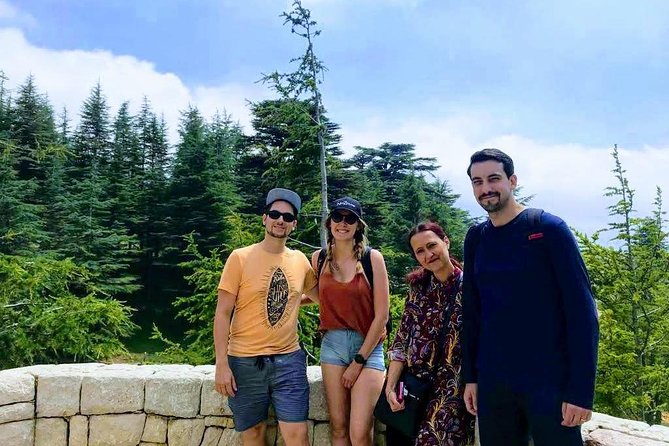1. Qadisha Valley, also known as Wadi Kadisha, is a UNESCO World Heritage Site located in Lebanon. It is a deep gorge carved by the Qadisha River and surrounded by stunning cliffs and mountains. The valley is known for its rich history, natural beauty, and cultural significance.
The name \"Qadisha\" means \"Holy\" in Aramaic, and the valley has been inhabited by monks and hermits since the early Christian period. It is home to several monasteries and caves that have served as retreats for spiritual seekers over the centuries. The valley has also been a refuge for persecuted communities, such as the Maronites who sought shelter there during times of religious and political conflicts.
Qadisha Valley is a popular destination for hiking and trekking enthusiasts. It offers breathtaking views, hidden waterfalls, ancient ruins, and a sense of tranquility that is unmatched. The valley is also home to a diverse range of flora and fauna.
2. Qadisha Valley is open to the public all year round. However, it is advised to visit during the spring or fall when the weather is more pleasant. There is no specific working time as it is a natural outdoor attraction, but it is recommended to visit during daylight hours.
Unfortunately, there is no specific phone number available for Qadisha Valley. It is best to contact local tour operators or visitor centers for more information and guidance.
3. There is no ticket required to enter Qadisha Valley as it is a natural open space. However, some monasteries within the valley may charge an entrance fee for visitors. It is advisable to check with each monastery individually for their specific ticket information.
Transportation to Qadisha Valley can be arranged through private tours or by renting a car. It is approximately a two-hour drive from Beirut, depending on traffic conditions. Public transportation options, such as buses, may not directly reach the valley, so it is recommended to plan accordingly.










